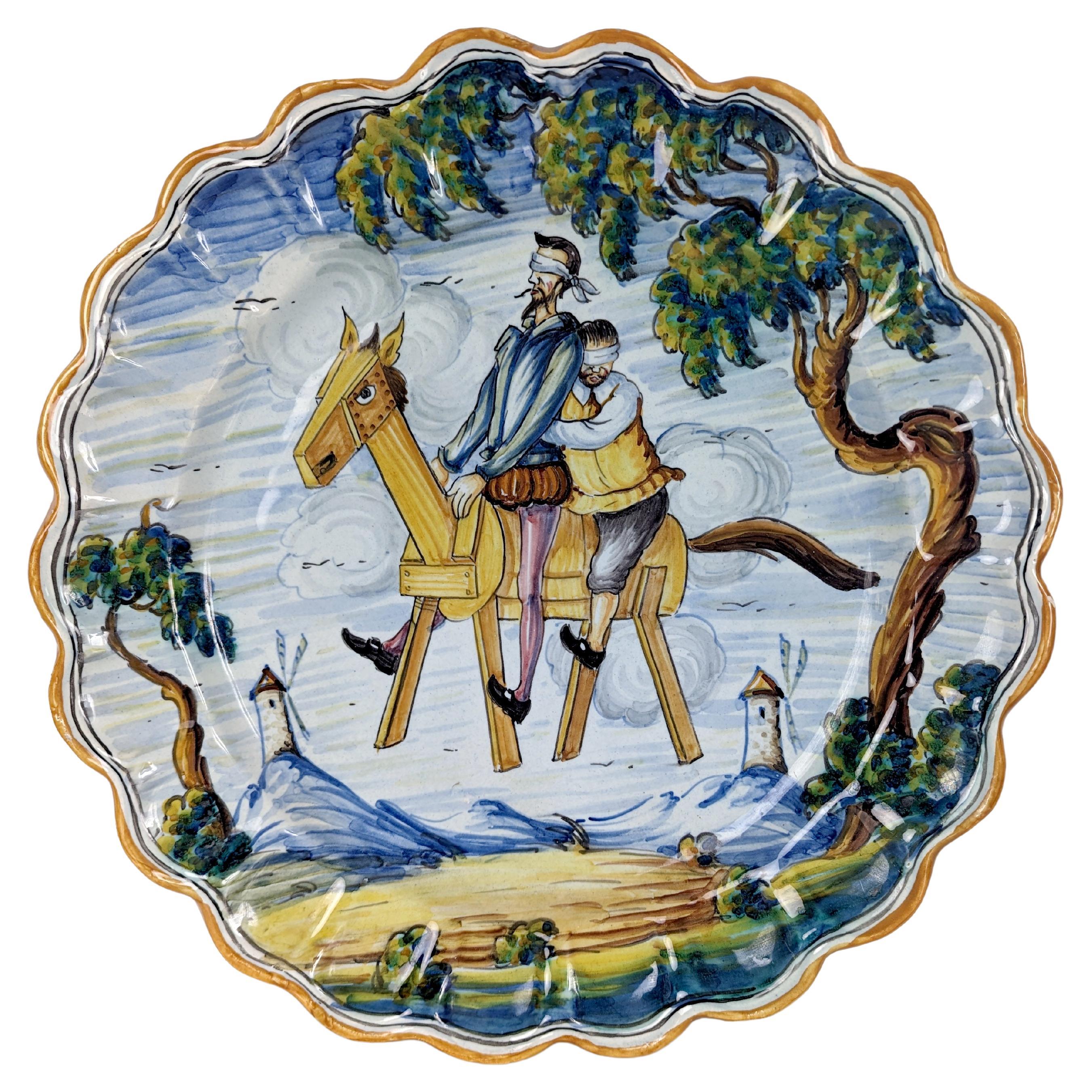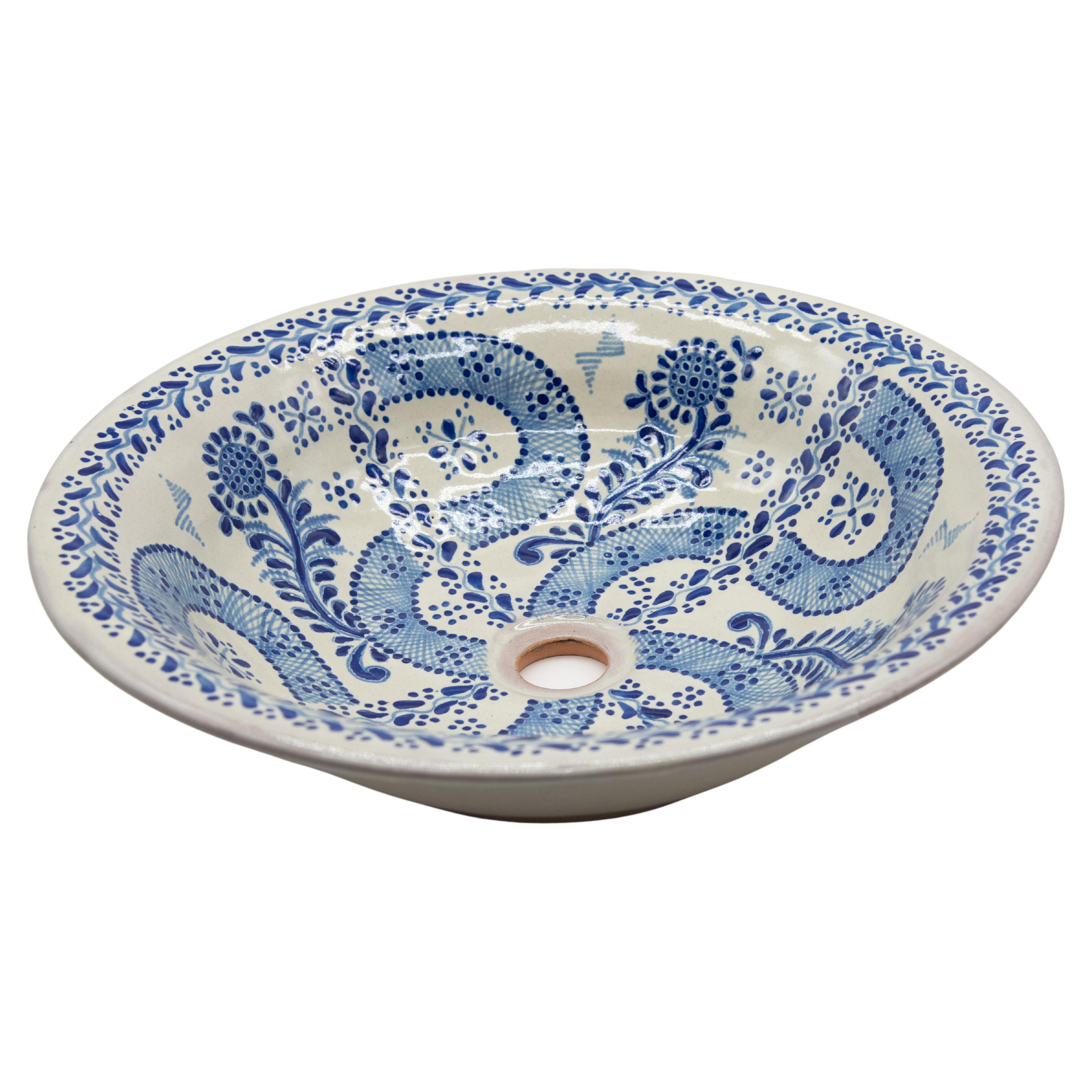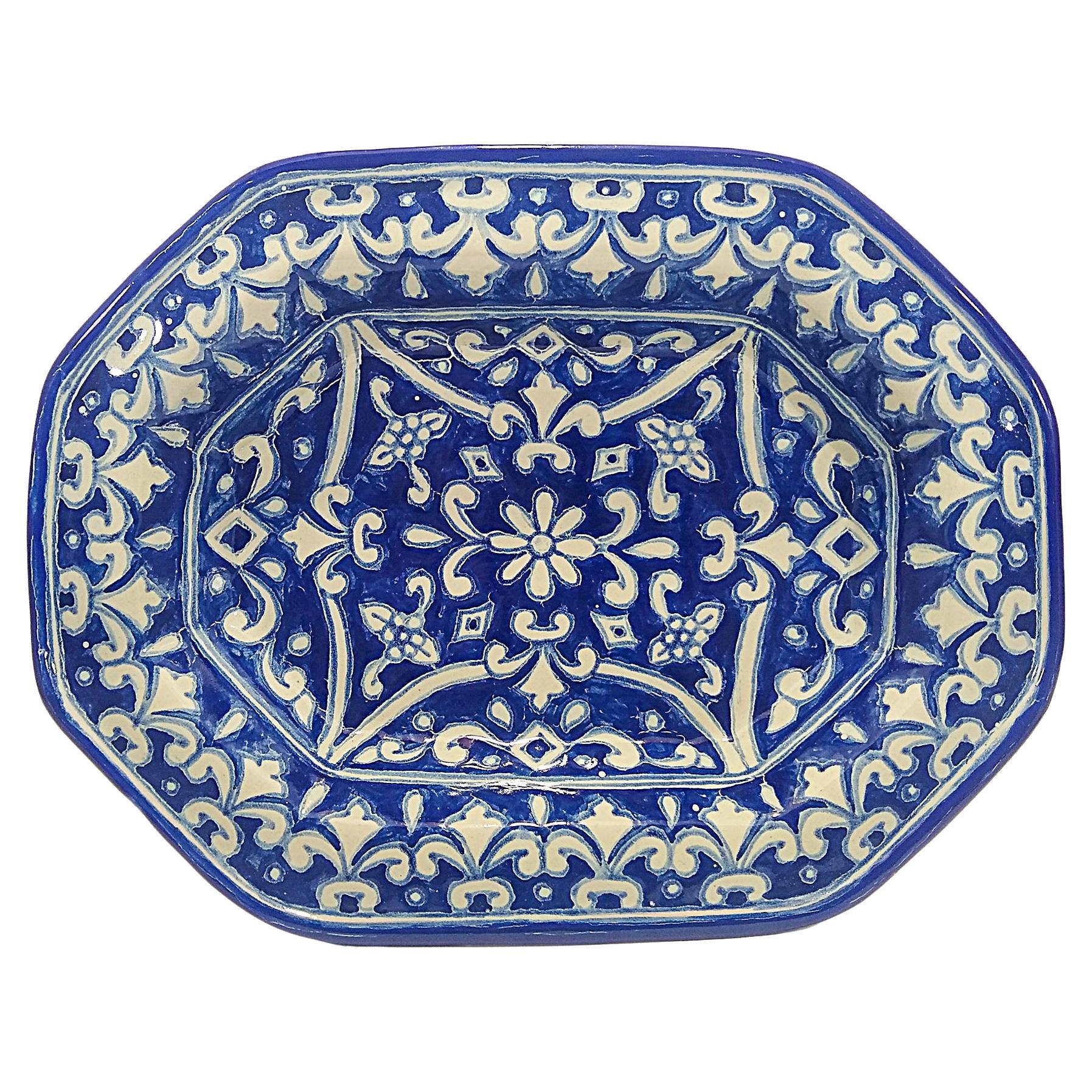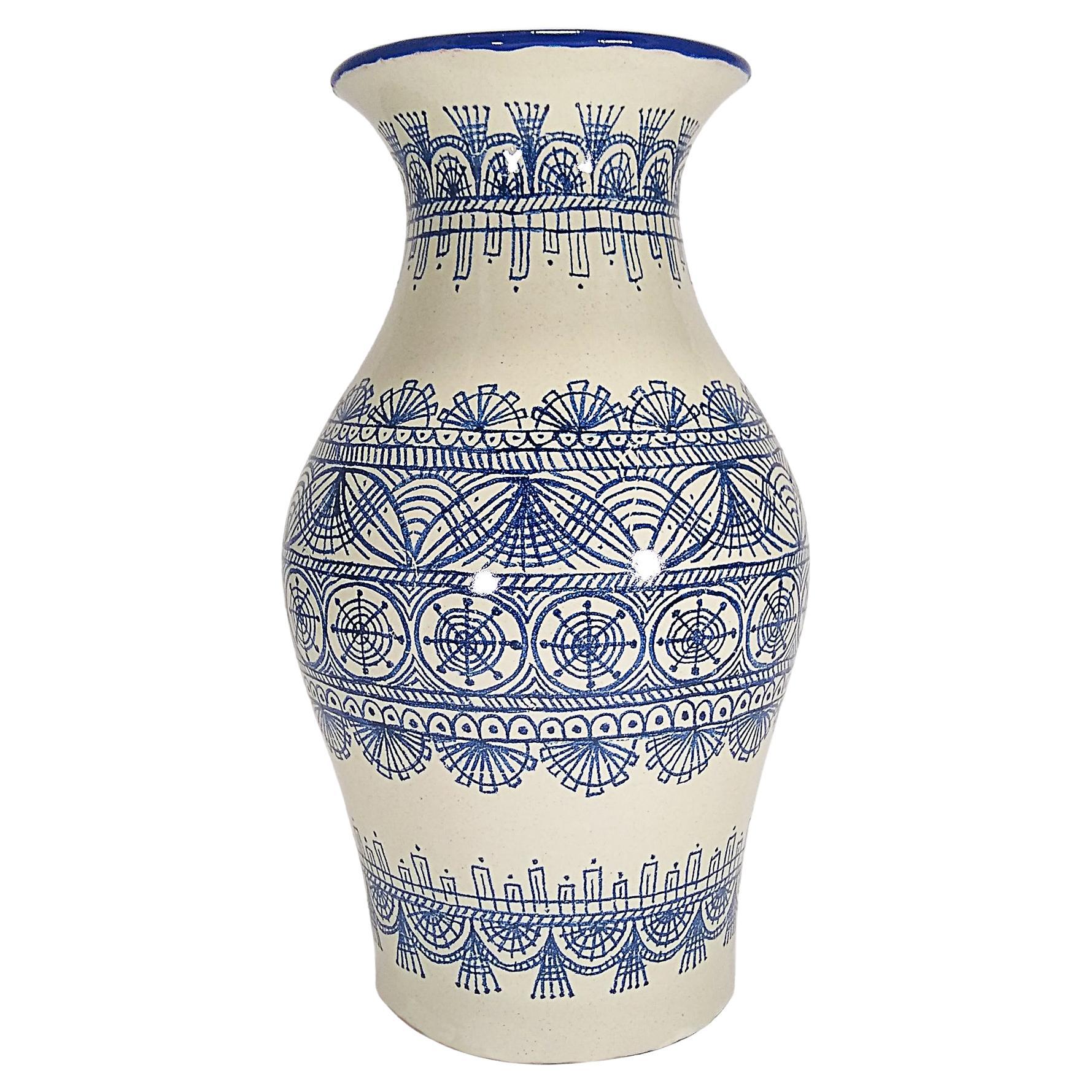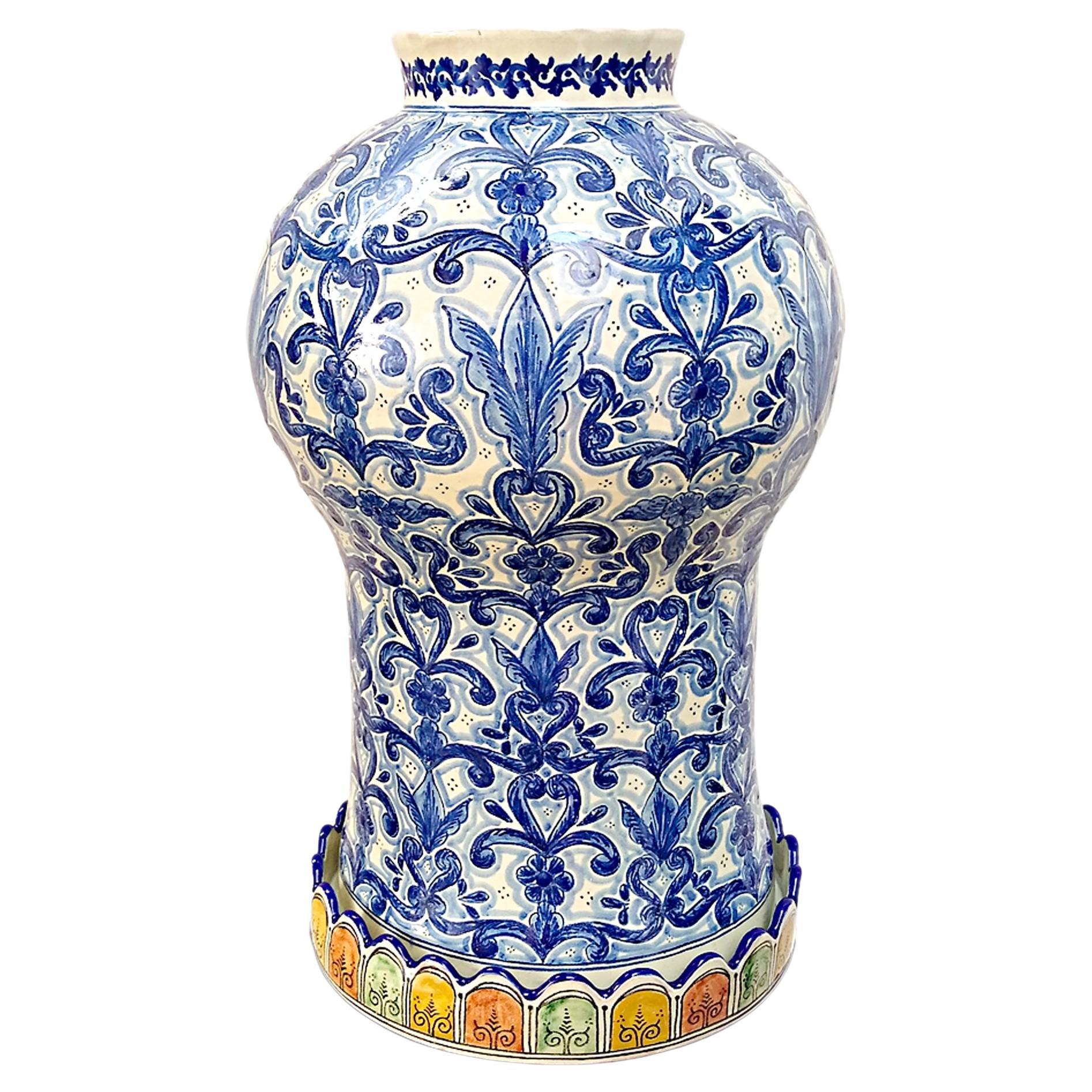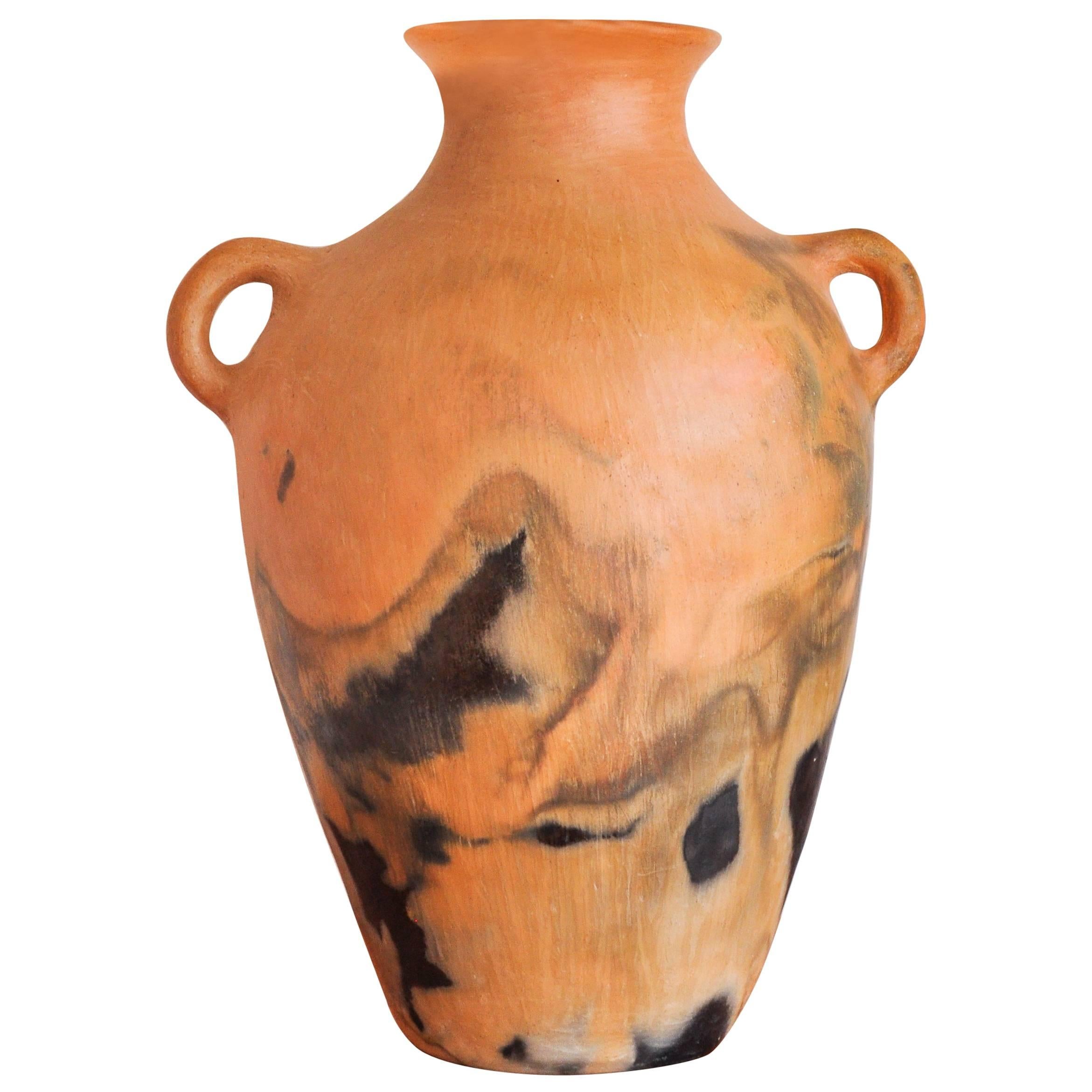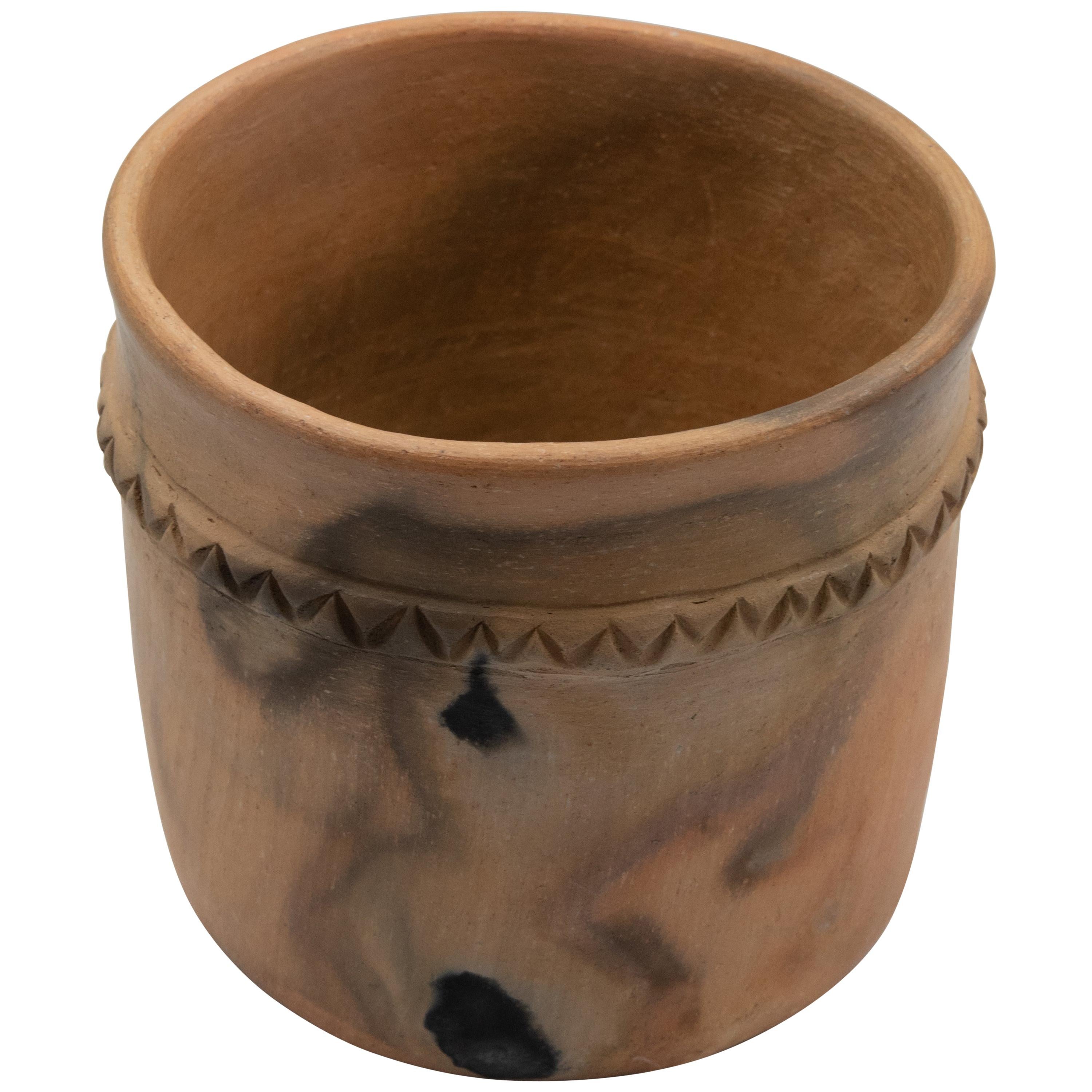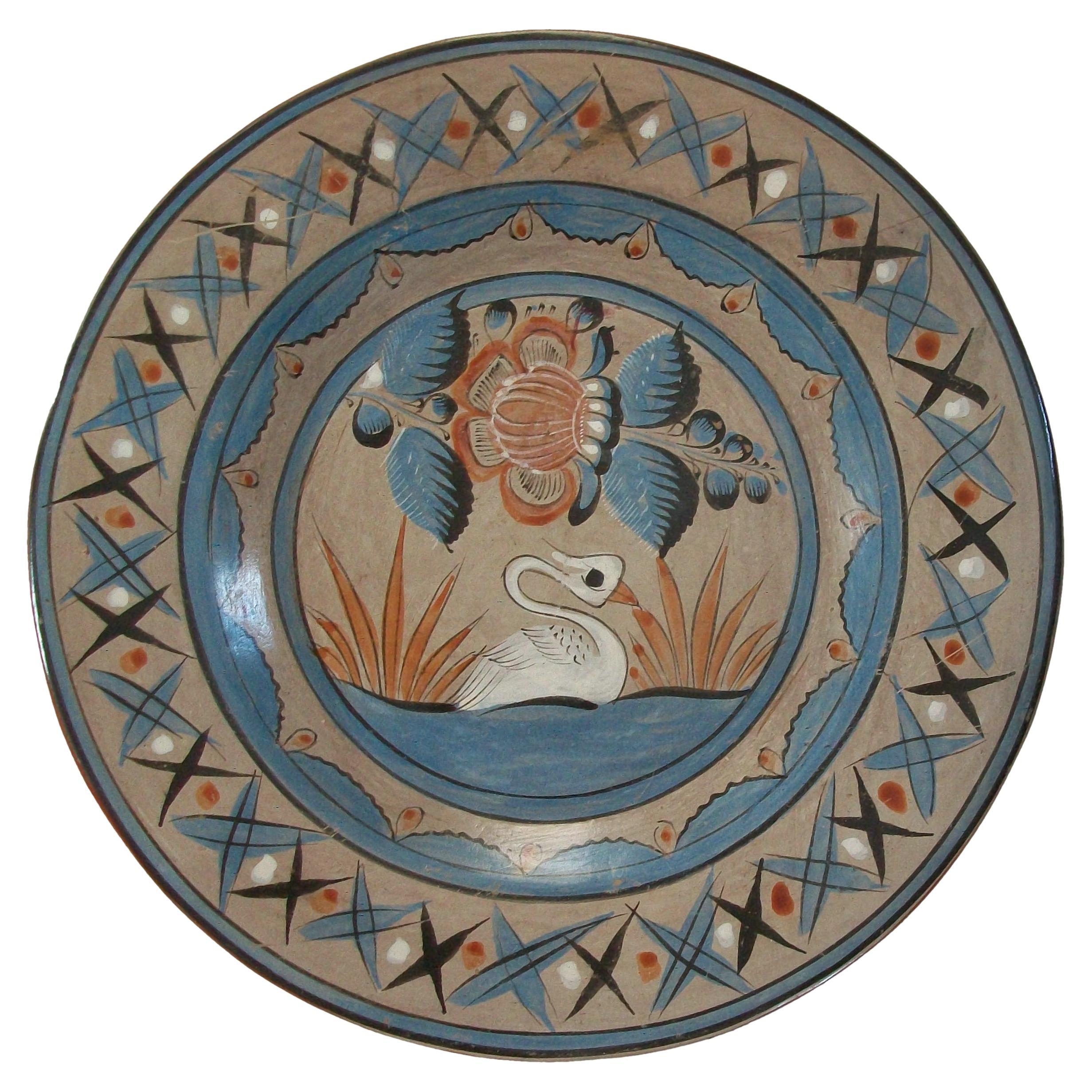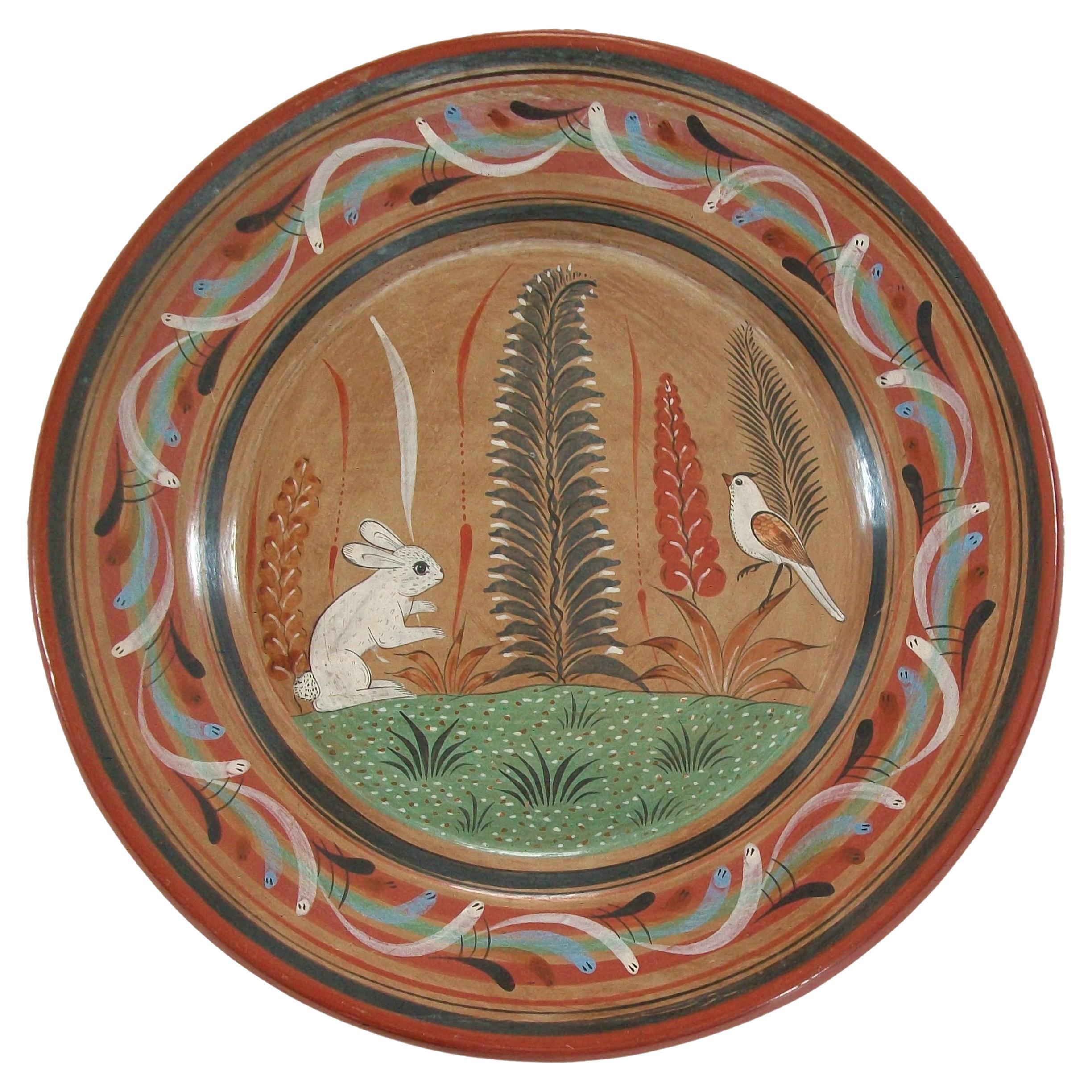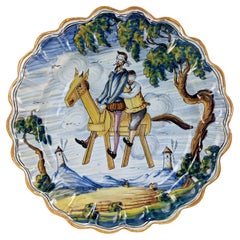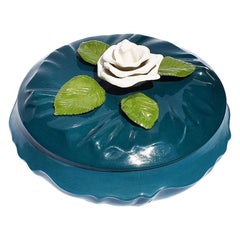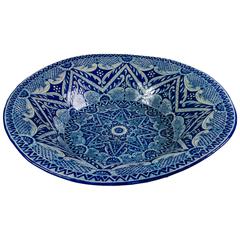
Blue and White Mexican Talavera Lebrillo with Baroque Design
View Similar Items
1 of 1
Blue and White Mexican Talavera Lebrillo with Baroque Design
About the Item
- Creator:Talavera de la Reyna (Manufacturer)
- Dimensions:Height: 7.88 in (20 cm)Diameter: 31.5 in (80 cm)
- Style:Baroque (In the Style Of)
- Materials and Techniques:
- Place of Origin:
- Period:
- Date of Manufacture:2016
- Production Type:New & Custom(Current Production)
- Estimated Production Time:2-3 weeks
- Condition:This piece is new and handmade so no piece is identical to another.
- Seller Location:SAN ANDRES CHOLULA, MX
- Reference Number:1stDibs: LU206235576723
You May Also Like
- Talavera Ceramic Plate, Don Quixote and the Magic Horse Clavileño, Signed, 1950sBy Artesania TalaveranaLocated in Benalmadena, ESFantastic Talavera ceramic dish painted by hand by S. Timoneda representing the wonderful scene of Don Quixote and Sancho Panza blindfolded on the back of the magic horse from Clavil...Category
Mid-20th Century Spanish Mid-Century Modern Ceramics
MaterialsCeramic
$307 Sale Price20% Off - Deep Blue Ceramic Dish with Lid and White Magnolia Flower TopperLocated in Oklahoma City, OKDeep blue ceramic dish with matching lid. This beauty features a pretty white ceramic Magnolia flower with green leaves at the top of the lid. Measures: 4.25" tall 8" diameter 1...Category
20th Century American Bohemian Ceramics
MaterialsCeramic, Paint
- Talavera Decorative Lavabo Sink Folk Art Mexican Ceramic Blue WhiteBy CesarLocated in Queretaro, QueretaroElegant white and blue sink lavabo made with the Talavera technique. Artist, Cesar Torres portraits the colonial art of Mexico. The Talavera is not just a simple painted ceramic:...Category
21st Century and Contemporary Mexican Spanish Colonial Ceramics
MaterialsCeramic, Clay, Majolica
- Authentic Talavera Decorative Plate Folk Art Vessel Mexican Ceramic Blue WhiteBy CesarLocated in Queretaro, QueretaroElegant white and blue plate made with the Talavera technique. Artist, Cesar Torres portraits the colonial art of Mexico. The Talavera is not just a simple painted ceramic: its exquisite decoration is the product of a delicate process of alchemy that translates into fine enamels. In Puebla, Mexico few people still produce using Talavera with the ancestral techniques. One of those few is Cesar Torres, Don Cesar learned his art in the workshop of the Uriarte family, an excellent workshop where his grandfather worked. In his creations he uses the black and white mud that is obtained from the nearby hills of Loreto and Guadalupe, and colors of mineral origin that he creates in his workshop with recipes from his grandfather. All the pieces are modeled in a traditional way and go through a production process that usually takes from one to two months, between drying, burning, and painting. Being surrounded by a living tradition, Cesar Torres Jr., learned from his father since childhood. Architect by profession, Cesar Jr. has come to revolutionize and modernize with new designs and ideas of the current world, nevertheless always respecting the tradition of the processes and materials that make Talavera a Creole art...Category
21st Century and Contemporary Mexican Spanish Colonial Ceramics
MaterialsCeramic, Majolica, Clay
- Authentic Talavera Decorative Vase Folk Art Vessel Mexican Ceramic Blue WhiteBy CesarLocated in Queretaro, QueretaroElegant white and blue vase made with the Talavera technique. Artist, Cesar Torres portraits the colonial art of Mexico. The Talavera is not just a simple painted ceramic: its exquisite decoration is the product of a delicate process of alchemy that translates into fine enamels. In Puebla, Mexico few people still produce using Talavera with the ancestral techniques. One of those few is Cesar Torres, Don Cesar learned his art in the workshop of the Uriarte family, an excellent workshop where his grandfather worked. In his creations he uses the black and white mud that is obtained from the nearby hills of Loreto and Guadalupe, and colors of mineral origin that he creates in his workshop with recipes from his grandfather. All the pieces are modeled in a traditional way and go through a production process that usually takes from one to two months, between drying, burning, and painting. Being surrounded by a living tradition, Cesar Torres Jr., learned from his father since childhood. Architect by profession, Cesar Jr. has come to revolutionize and modernize with new designs and ideas of the current world, nevertheless always respecting the tradition of the processes and materials that make Talavera a Creole art...Category
21st Century and Contemporary Mexican Spanish Colonial Ceramics
MaterialsCeramic, Clay, Majolica
- Talavera Jar Decorative Vase Folk Art Vessel Mexican Ceramic Blue WhiteBy CesarLocated in Queretaro, QueretaroElegant white and blue jar made with the authentic Talavera technique. Master artisan, Cesar Torres portraits the colonial art of Mexico. The Talavera is not just a simple painted ...Category
21st Century and Contemporary Mexican Spanish Colonial Ceramics
MaterialsCeramic, Clay, Majolica
